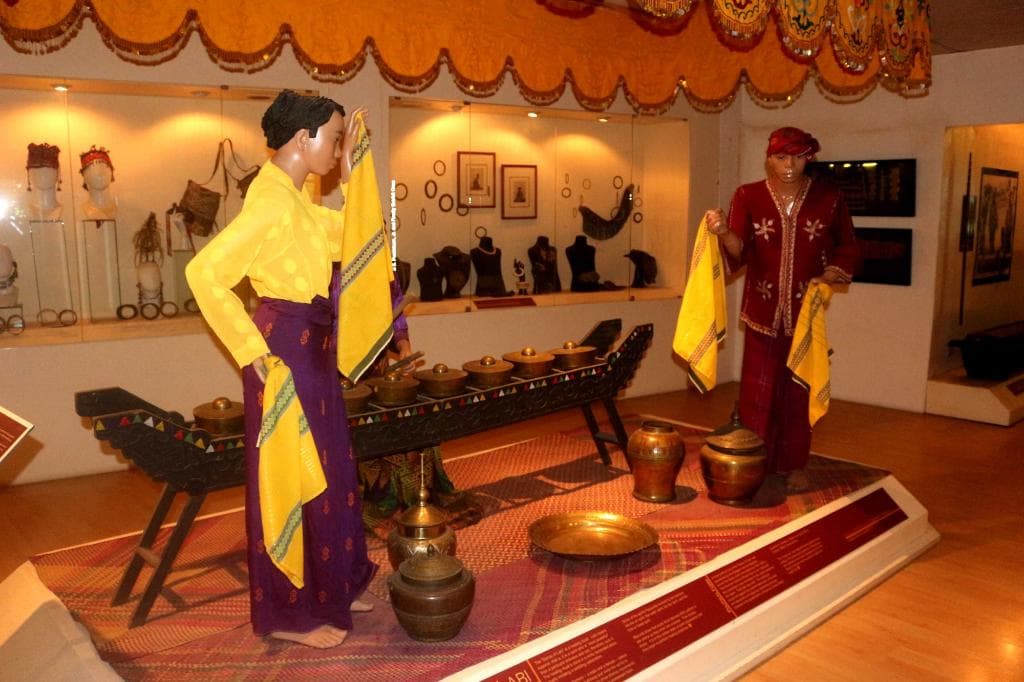
Davao Museum of History and Ethnography
Discover Davao's rich history and vibrant culture through fascinating exhibits on ethnic heritage, local art, and traditional crafts.
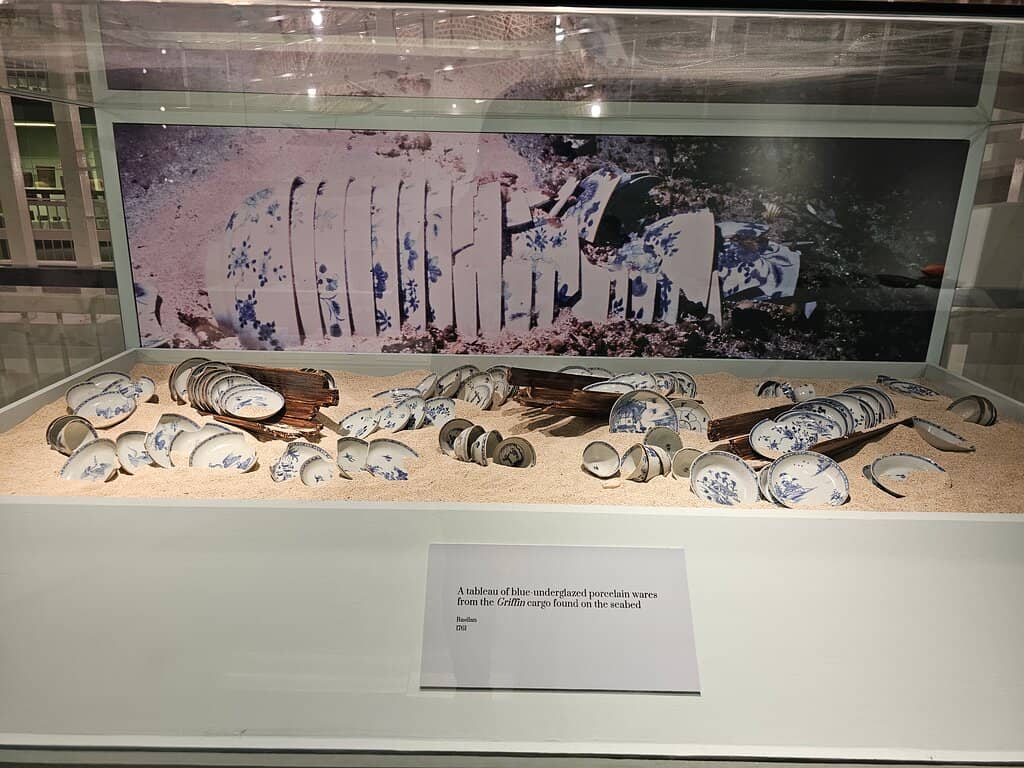
Highlights
Must-see attractions
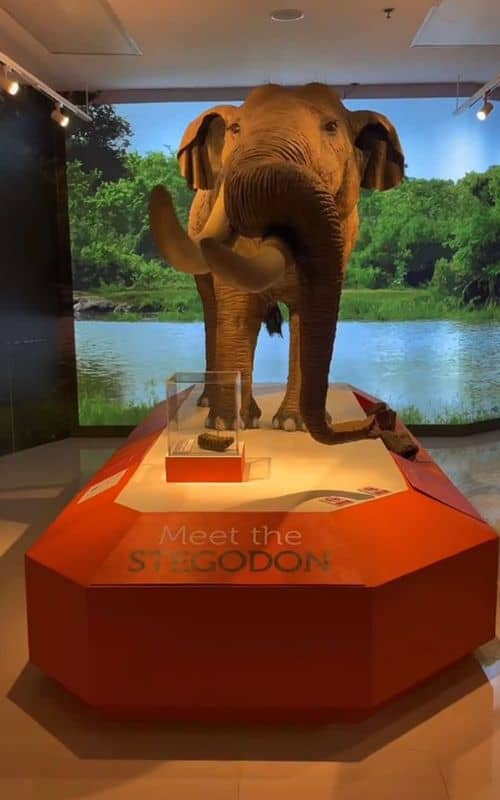
Social
From TikTok & Reddit
Best Time
Fewer crowds, more peaceful exploration.

Davao Museum of History and Ethnography
Best Time
Fewer crowds, more peaceful exploration.

Highlights
Must-see attractions
Discover Davao's rich history and vibrant culture through fascinating exhibits on ethnic heritage, local art, and traditional crafts.
"A gem offering deep insights into Mindanao's history and culture, with stunning ethnic textiles and local art."
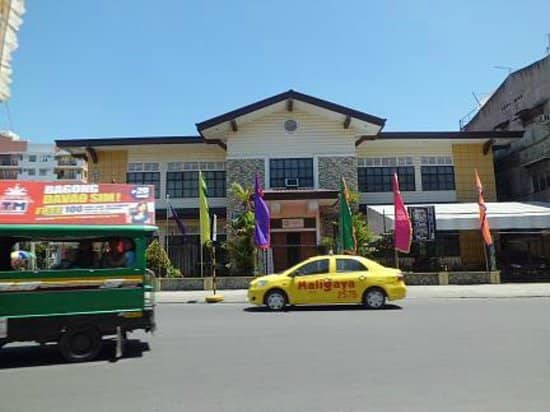
🎯 Free Entry Alert!
Admission is currently free! Just present any ID for registration.
⌚️ Plan for an Hour
Most visitors spend about an hour exploring the informative exhibits.
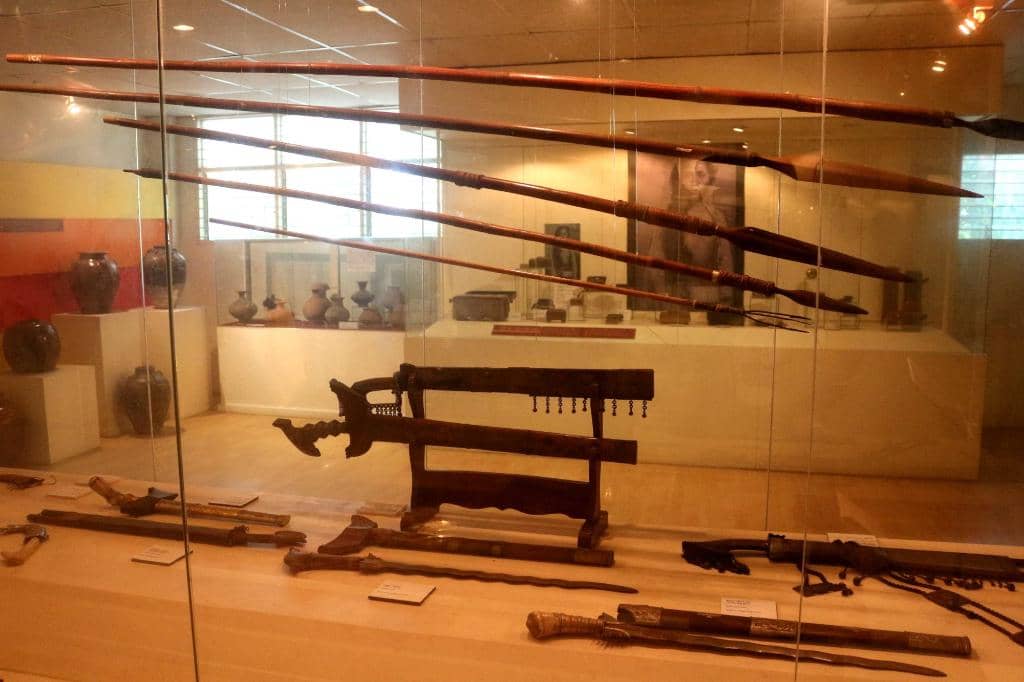
Highlights
Discover the most iconic attractions and experiences
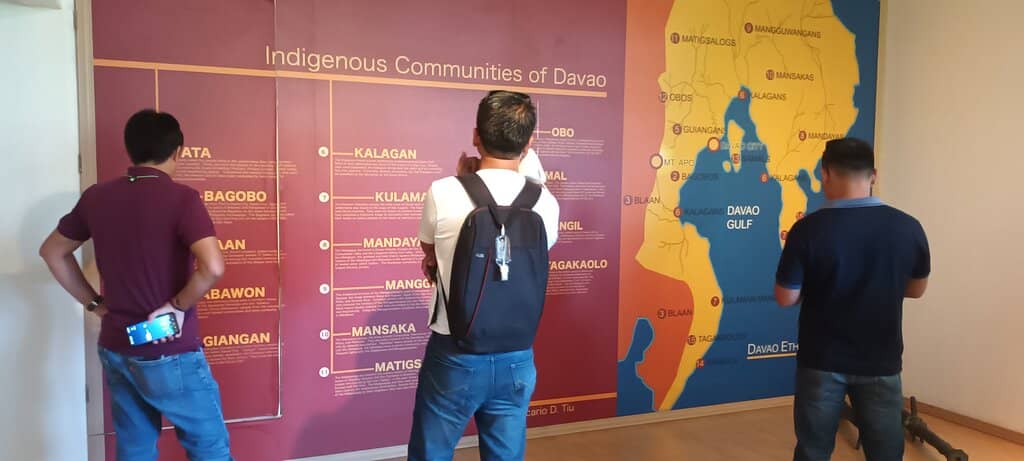
Ethno-Textiles & Handicrafts
Main Exhibition Halls
Marvel at intricate ethnic textiles and traditional fishing implements, showcasing Mindanao's rich cultural heritage.
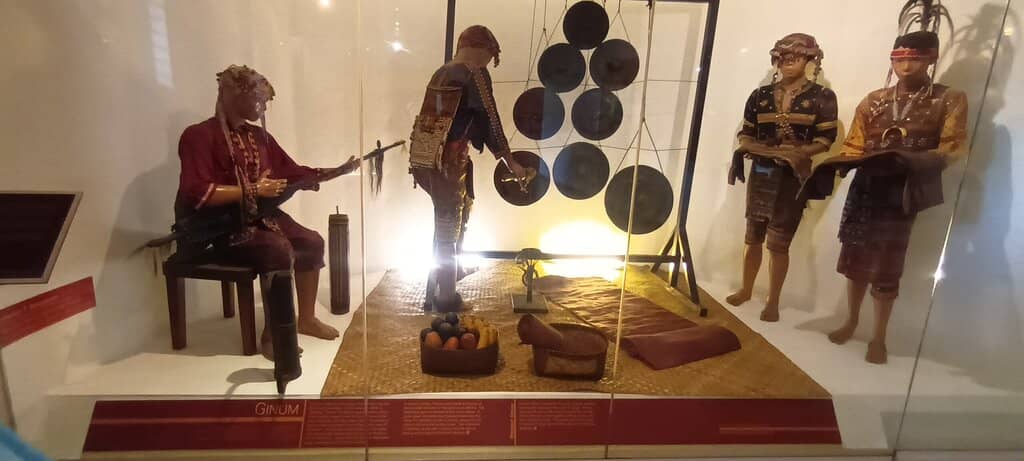
Art by Native Artists
Art Gallery Section
Experience the vibrant art scene of Davao with exceptional works by talented local artists.
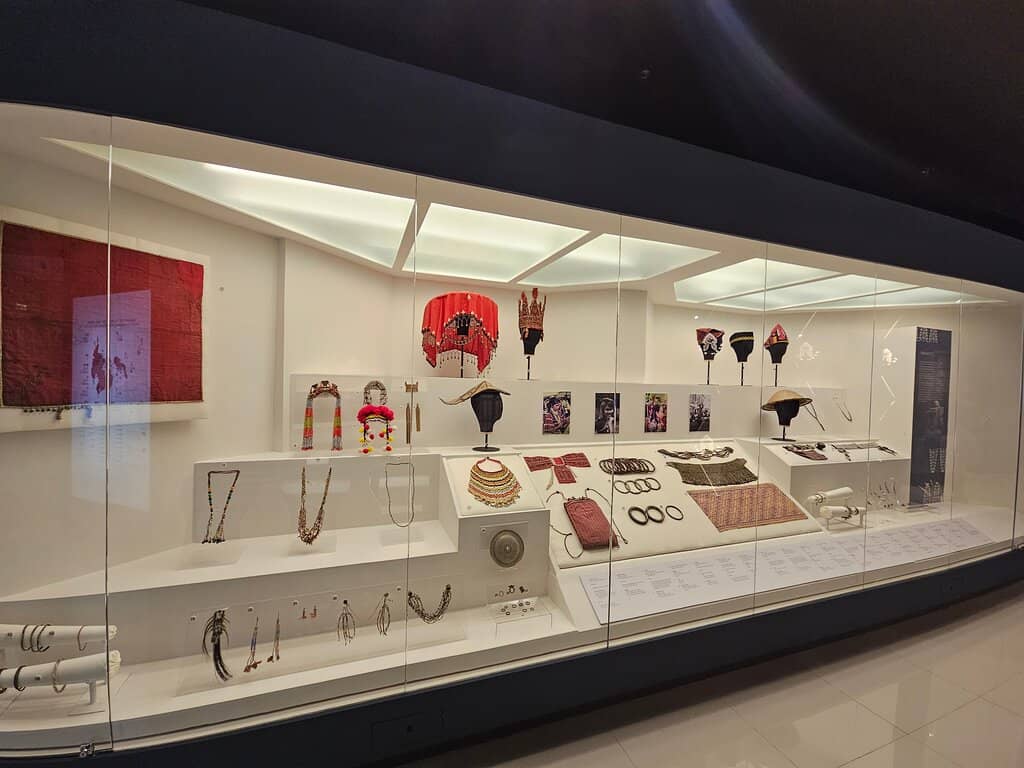
Historical Artifacts
Throughout the Museum
Discover a unique collection of artifacts detailing Mindanao's deep and fascinating history.
Plans like a pro.
Thinks like you
Planning Your Visit
Free Admission & Hours
Location & Duration
Best Times
Insider Tips
from TikTok, Instagram & Reddit
🎯 Free Entry Alert!
Admission is currently free! Just present any ID for registration.
⌚️ Plan for an Hour
Most visitors spend about an hour exploring the informative exhibits.
📍 Subdivision Location
It's located inside a subdivision; guards are helpful if you get lost.
❄️ Air-Conditioned Comfort
The museum is air-conditioned, making it a comfortable escape.
Tips
from all over the internet
🎯 Free Entry Alert!
Admission is currently free! Just present any ID for registration.
⌚️ Plan for an Hour
Most visitors spend about an hour exploring the informative exhibits.
📍 Subdivision Location
It's located inside a subdivision; guards are helpful if you get lost.
❄️ Air-Conditioned Comfort
The museum is air-conditioned, making it a comfortable escape.
🛍️ Souvenir Shopping
Find beautiful malongs and other heritage items in the gift shop.
What Travellers Say
Reviews Summary
Visitors praise the Davao Museum of History and Ethnography as a well-curated gem offering deep insights into Mindanao's rich history and culture. The displays of ethnic textiles and local art are particularly highlighted, making it an informative and engaging experience for all ages. While some note it's located within a subdivision and requires about an hour to explore, the free admission and air-conditioned comfort make it a highly recommended stop.
"This museum is a gem. Very well put together and the displays are well done. The ethic textiles and fishing implements are outstanding. The art by native artists are second to none. Great museum and the surrounding park is shaded and cool."
Jack Morris
"A quite interesting museum to visit. It was nice to learn more about the culture, and they have done a fine job dispaying things as well of describing the different things displayed.
There were not a lot of guests when we visited the museum, but it was nice simply to browse and experience the past of Davao"
Brian Petersen
"Our family went here as part of our davo experience, The meuseum itself is located inside the subdivision and it looks like a private collection of artifacts and history or Davao which is very good and informative for kids and adults as well. I highly recommend it if you plan to visit and haev a glimpse of Davao's history, you will spend 1hr Max for the visit. The place is Airconditioned and there is a CR inside, there is an entrance fee but not that high. There is no food or food stand near so I suggest you eat elsewhere. I Highly recommend this place."
Ariel Tan
What People Like
What People Dislike
Frequently Asked Questions
🚇 🗺️ Getting There
The museum is located within a subdivision in Davao City. While specific public transport routes might vary, it's often recommended to use ride-sharing apps or taxis for direct access. Guards at the subdivision entrance are usually helpful in directing visitors.
Information on dedicated parking is scarce, but given its location within a subdivision, there might be street parking available. It's advisable to check with local guides or inquire upon arrival.
Public transportation options might be limited directly to the museum's entrance due to its subdivision location. It's best to take a jeepney or bus to a nearby landmark and then use a tricycle or taxi for the final leg.
🎫 🎫 Tickets & Entry
Currently, admission is free! You just need to present any ID for registration. However, this is subject to change, so it's good to be aware.
The museum is open from 9:00 AM to 5:00 PM, Tuesday through Sunday. It is closed on Mondays.
As admission is currently free and registration is on-site, advance booking is not typically required. However, for any special events or group visits, it's always best to contact the museum directly.
While specific accessibility details are not widely published, most museums strive to be accessible. It's recommended to contact the museum beforehand to inquire about ramps, elevators, or other facilities.
🎫 🧭 Onsite Experience
You can expect exhibits on local history, culture, and handicrafts, showcasing the area's early inhabitants to the present day. Highlights include ethnic textiles, fishing implements, and art by native artists.
Most visitors find that an hour is sufficient to explore the museum's collections thoroughly.
Photography policies can vary. It's best to look for signage within the museum or ask a staff member if you can take photos, especially without flash.
Information on guided tours is not readily available online. You might be able to arrange one for a group by contacting the museum in advance.
The museum is air-conditioned and offers a quiet, informative environment for browsing and learning about Davao's heritage.
🍽️ 🍽️ Food & Dining
There are no food or food stands directly within the museum. It's recommended to eat elsewhere before or after your visit.
Generally, food and drinks are not allowed inside museum exhibition halls to protect the artifacts. Please consume them outside the premises.
📸 📸 Photography
The displays of ethnic textiles, weaponry, and local art offer visually rich opportunities. The unique presentation of artifacts, like those decorated with hair, can also make for striking photos.
Flash photography is typically discouraged in museums to protect delicate exhibits. Always check for signs or ask staff before using your flash.
Yes, you can generally take photos of the museum's exterior. The surrounding park area, if any, might also offer pleasant photo opportunities.
For Different Travelers
Tailored advice for your travel style
👨👩👧 Families with Kids
Consider focusing on the visually interesting displays, such as the ethnic textiles and traditional tools, which can spark curiosity. The museum's manageable size means kids won't get overwhelmed, and the free admission makes it a budget-friendly option for family entertainment.
💰 Budget Travelers
Since there are no food facilities on-site, you can save money by packing your own snacks or eating at local eateries outside the museum's vicinity. The museum's location within a subdivision might mean slightly less direct access via public transport, but the savings on admission can offset any minor transport adjustments.
🏛️ Culture Enthusiasts
Pay close attention to the intricate details of the ethnic textiles and the historical significance of the displayed weaponry. The opportunity to see art by native artists offers a contemporary perspective on the region's cultural narrative.
Deep Dives
In-depth insights and expert knowledge
Exploring Davao's Cultural Tapestry
The museum also highlights the contemporary art scene, featuring works by native artists that offer modern interpretations of cultural themes. This blend of historical artifacts and modern artistic expression provides a comprehensive understanding of Davao's evolving identity. The careful curation and descriptive labels enhance the learning experience, making it accessible and engaging for both locals and tourists.
One particularly fascinating aspect noted by visitors is the extensive use of hair as decoration on weaponry and other ornamental items, a practice that reflects deep-seated cultural beliefs and craftsmanship. This unique detail, alongside the stunning collection of malongs, allows visitors to connect more deeply with the artistry and heritage of the Philippines.
Planning Your Visit: Practicalities and Insights
Currently, the museum offers free admission, requiring only the presentation of any valid ID for registration. This makes it an incredibly accessible cultural experience. The operating hours are from 9:00 AM to 5:00 PM, Tuesday through Sunday. It's advisable to allocate about an hour for your visit, as this is typically sufficient to appreciate the exhibits without feeling rushed.
For comfort, the museum is air-conditioned, providing a pleasant environment to explore, especially in Davao's tropical climate. It's important to note that there are no food or drink facilities within the museum, so planning to dine before or after your visit is recommended. The gift shop offers a chance to take home a piece of Davao's heritage, with items like beautiful malongs being a popular choice.
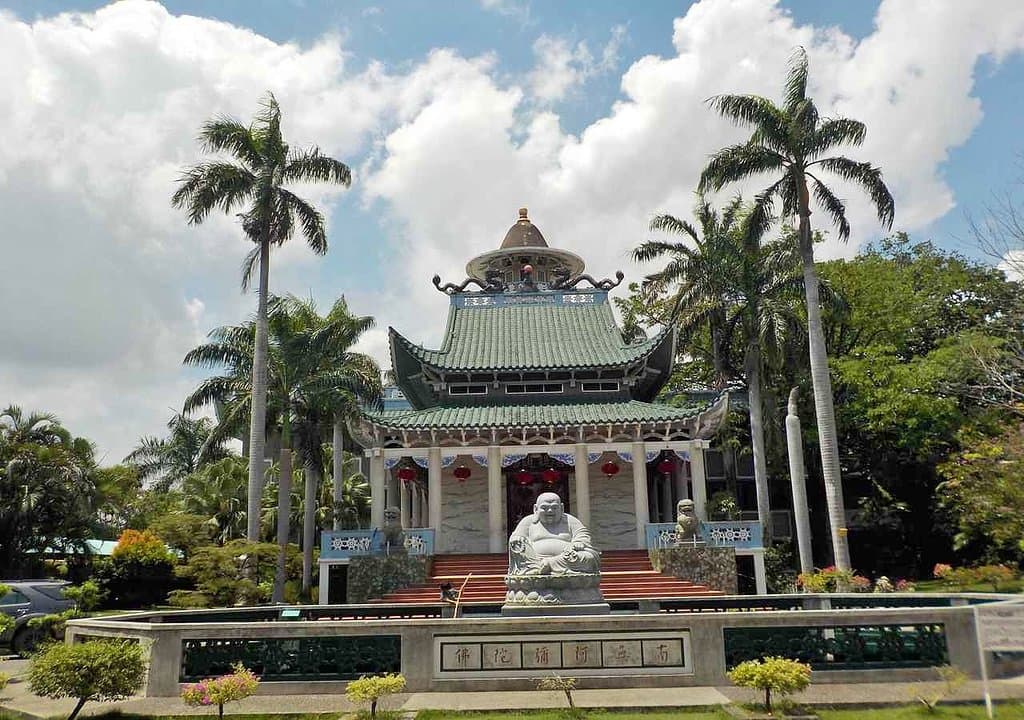


Social
from TikTok, Instagram & Reddit